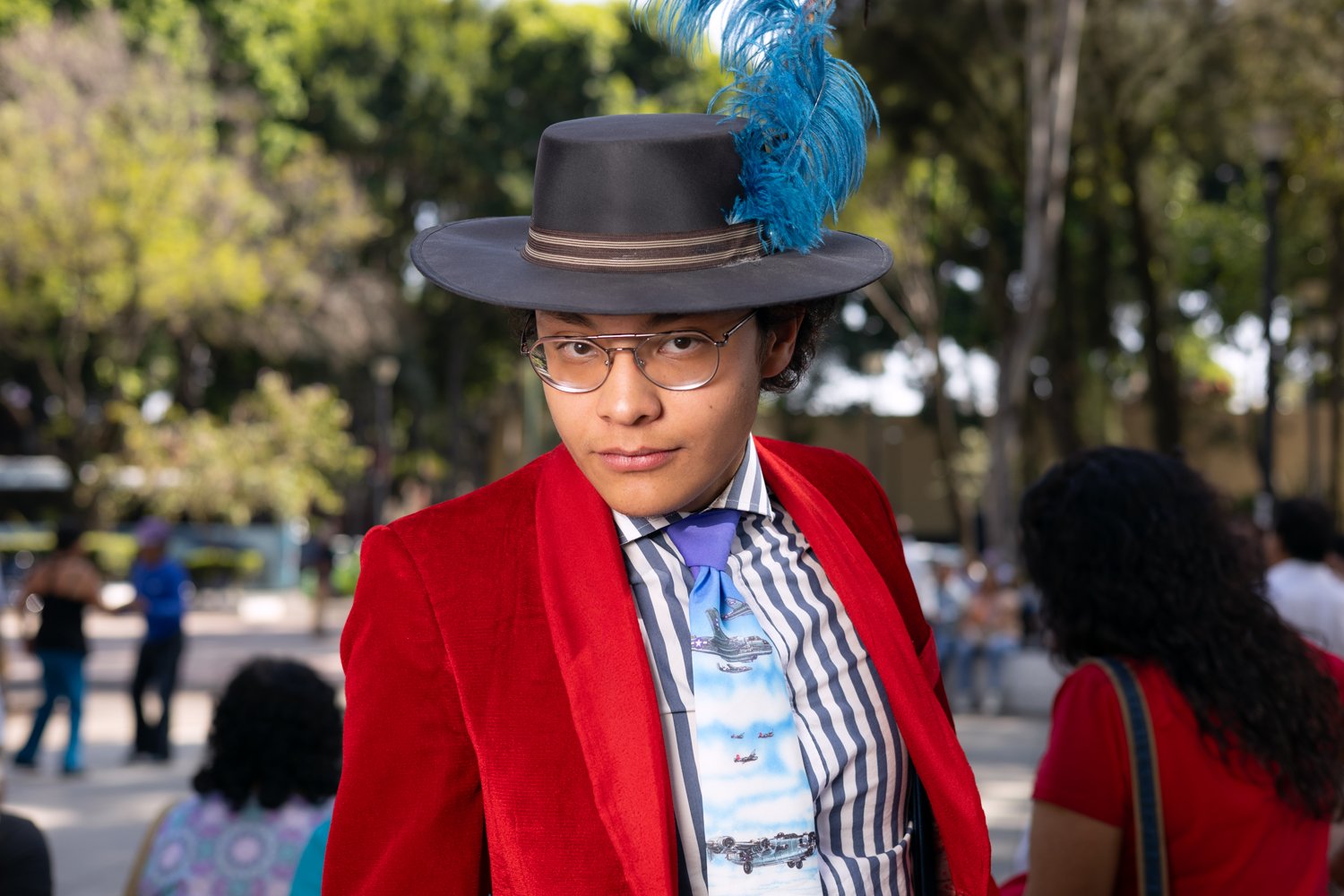Street vendors outnumber cops and the offerings are infallibly nostalgic: esquites, chicharrones, raspados, gelatinas, aguas frescas, fruta picada, tamales, tortas, nieves de garrafa, buñuelos, papitas, guasanas, cacahuates sudados, churritos, ad infinitum. The cops ignore the plastic bottles of moonshine passing between the hands of drunks that stumble and dance in their displays of unfiltered humanness. Life’s complications dissipate with the music. Asking a woman for a dance is a ceremonial protocol: smooth the creases on your outfit, tip your hat, approach with a smile, lightly bow and extend your hand. Some men use lemon juice as hair gel. The smell of jasmine blooming during the spring mixes with a dancer’s perfume like hibiscus petals soaking in water.









































